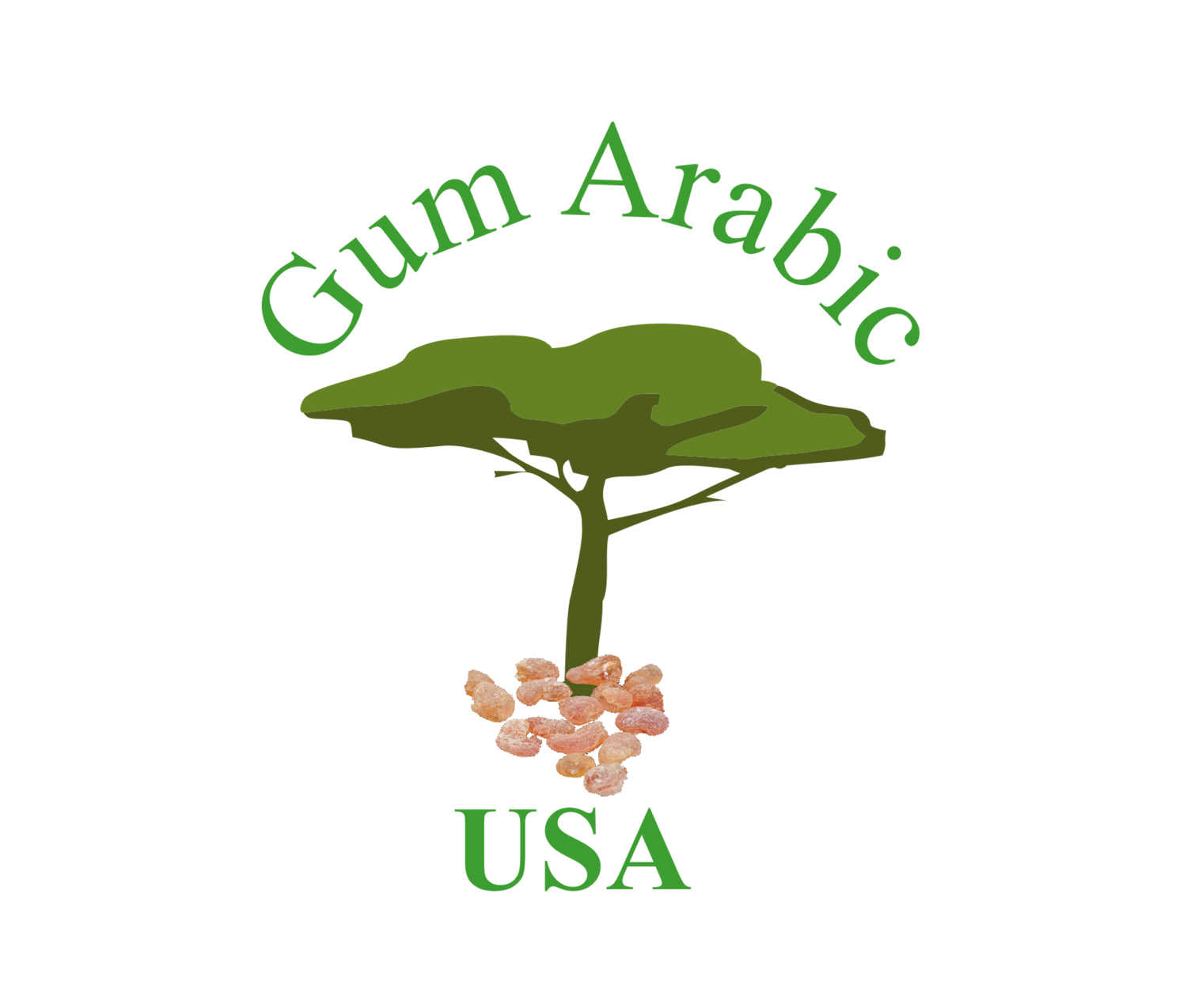For the Acacia tree to thrive and produce high-quality gum Arabic, it requires specific environmental conditions. It grows best in coarse-textured soils such as fossil dunes, but it can also adapt to slightly loamy sand, light sandy soil, and skeletal lithosols. The ideal annual rainfall for optimal gum production ranges between 300-400mm, though the tree can survive in regions receiving as little as 100mm or as much as 950mm of rainfall, with extremes affecting yield.
This resilient species can withstand droughts lasting up to 11 months, tolerating temperatures as high as 45°C, along with sandstorms and dry winds. However, it is highly sensitive to frost, which can be detrimental to its survival. The ideal soil pH for acacia growth falls between 5 and 8, ensuring the best conditions for gum exudation. It flourishes at altitudes ranging from 100 to 1,700 meters above sea level in Sudan and up to 1,950 meters in Nakuru, Kenya, making these regions prime locations for cultivating the world’s finest gum Arabic.
The Acacia Senegal tree is a small to medium-sized deciduous species, reaching up to 7 meters in height. It thrives during the rainy season, shedding its leaves in dry conditions to conserve moisture. When groundwater is available at greater depths, the tree develops a deep taproot, allowing it to grow larger than usual and withstand prolonged drought. Its bark transitions from smooth yellow-brown in young trees to a dark grey, cracked, and gnarled texture as it matures. The tree is also armed with curved prickles located just below its nodes, appearing in pairs or clusters of three.
The use of gum Arabic, extracted from the tree’s bark exudates, dates back to 3400 BC, making it one of the oldest recorded natural ingredients. Ancient Egyptians used it in ink production, combining gum, water, and carbon to create a durable writing medium. Today, gum Arabic is recognized for its unparalleled role as a Soluble Dietary Fiber and Natural Prebiotic, supporting gut health and digestion. Beyond health applications, it is a key ingredient in modern food, pharmaceuticals, and industrial formulations, making it an essential component of countless everyday products.


